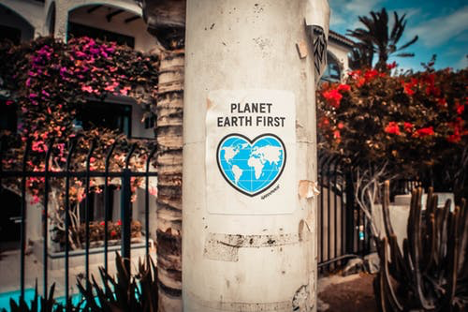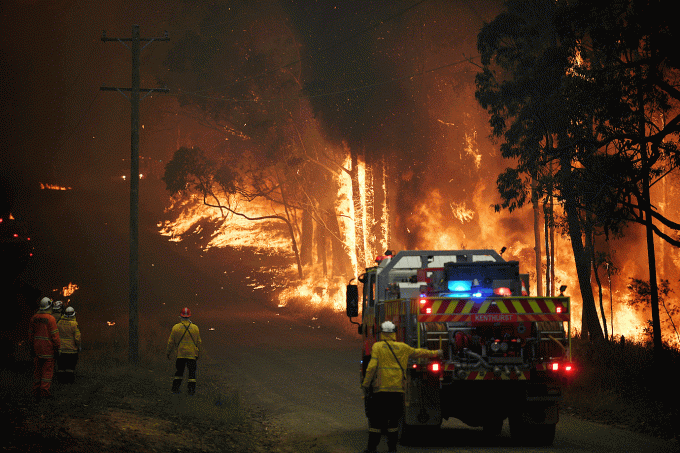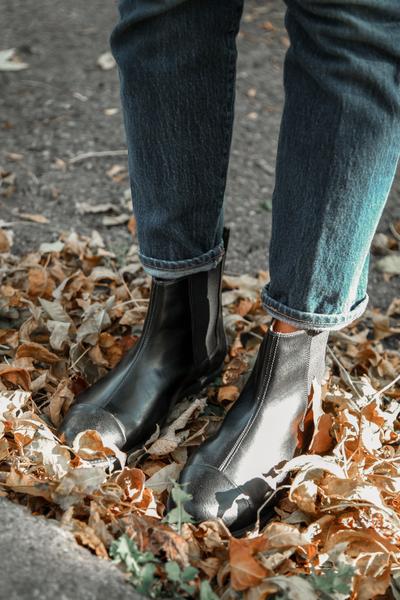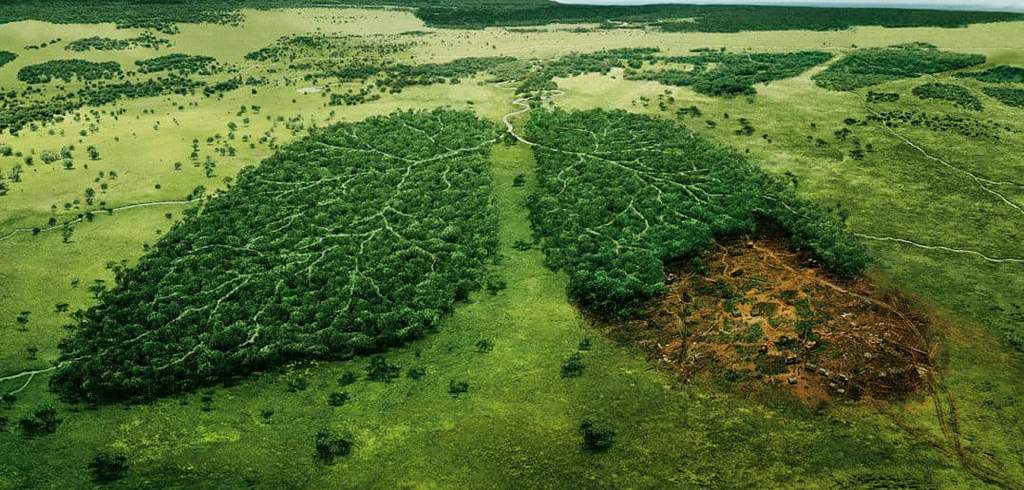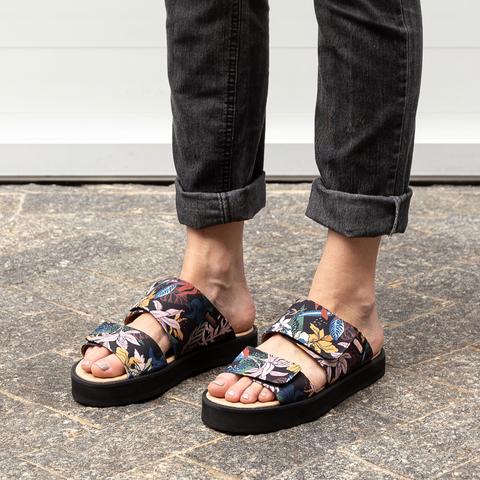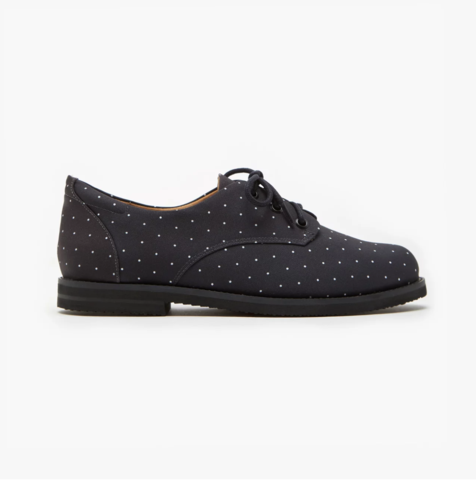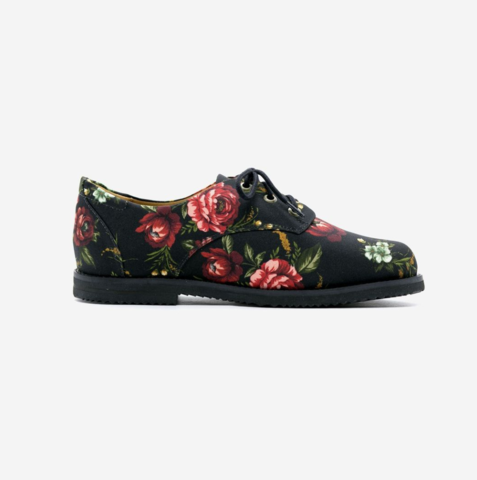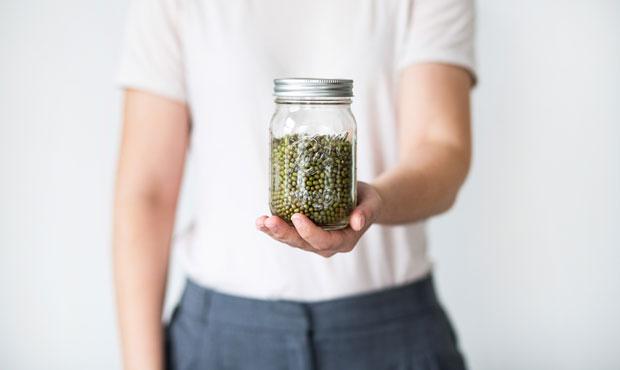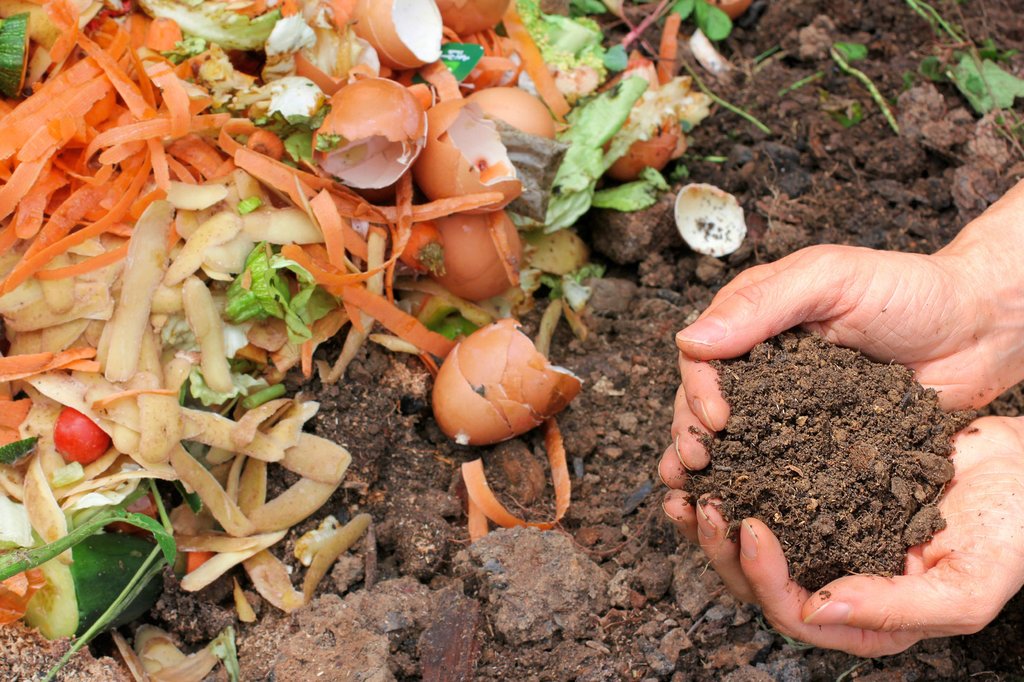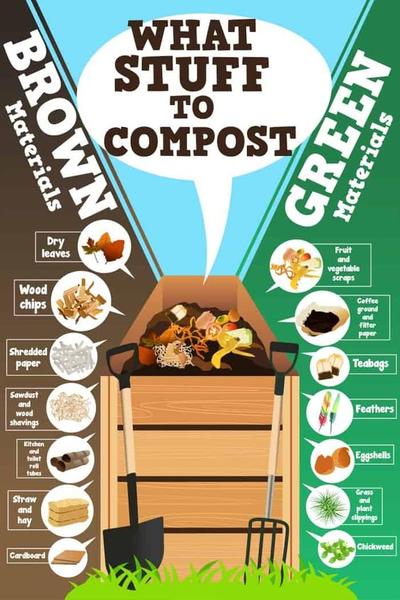How to Make Sustainable Product Choices
In this day and age, you've probably heard of the green agenda. It’s everywhere — from what’s shown on the TV to the ads on your phone, countless private individuals and organizations are voicing out calls to save our planet. And rightly so, as the UN recently released findings revealing that we only have 12 years before our climate takes a turn for the worst. With this in mind, it’s imperative that we make environmentally mindful decisions in our daily lives, and one key area for this is buying goods.
But since we live in a hyper-consumerist society, making conscious choices for sustainability can be a little daunting. If you don’t know where to start, here's how you can make environmentally conscious choices the next time you shop.
Educating yourself is key
Understanding why you have to make eco-conscious choices is valuable in the fight to push back climate change. Most people are aware of the principles and ideas behind sustainability, but awareness alone can’t incite real change. One way of going about this is by reading on why different industries have varying impacts on the production of greenhouse gases — the main industry by-product that speeds up the warming of the earth.
To illustrate, being knowledgeable about why plastic bags are terrible for the earth can lead you to the conscious choice to switch these out for cotton totes. However, using cotton bags doesn't automatically mean that you’re a certified sustainability warrior. In fact, Vice points out that while reusable cotton bags can certainly mitigate plastic waste, producing them creates water pollution that’s up to 600 times worse compared to plastic bags. In order for cotton totes to actually help the environment, you’ll have to purchase these sparingly and utilize them for as long as they can be used. This goes to show how it’s crucial to be properly educated on your environmentally conscious options, as some can be deceiving or counterproductive when not carried out right.
Know which companies to support
More and more businesses are announcing that they’re adopting sustainable measures to lessen their carbon footprint. But before you fall into their claims of eco-friendliness, you should do your due diligence and confirm if they actually practice what they preach. It’s not easy for huge businesses to go green as this involves doing a massive overhaul — down to the core of their business model.
The Competition Bureau of Canada points out that making false sustainability claims and ads, commonly known as ‘greenwashing’, is against the law. But, it’s actually incredibly difficult to officially disprove a company's sustainability claims. Other than making sure that a company is completely transparent with these claims, you can also do the earth a favor by supporting local businesses, as these have been found to make substantially smaller carbon footprints than huge companies.
Make the shift to an eco-conscious lifestyle
In your search for sustainable product choices, you might come across some lifestyle approaches that are particularly better for the planet. Forbes reports that the clothing industry constitutes 10% of the total global carbon emissions, so making mindful changes like going thrift shopping instead of buying something new certainly helps cut down your carbon footprint (and your spending!)
Moreover, conscious consumption applies to food choices too, and the numbers show that we are slowly getting there. Indeed, 2019 was even declared "The Year of the Vegan", as it saw a record number of Americans eliminate meat from their diet, and more businesses embracing vegan operations and products. Furthermore, the desire to make eco-conscious diet changes is also felt here in Canada, as Nielsen Research reveals that 43% of Canadians want to incorporate more plant-based foods in their daily meals. To practice sustainability in picking out your food, look for labels that say it’s ethically and sustainably produced.
All in all, wanting to make sustainable product choices can feel extremely limiting, especially at first. But if you realize that it's all actually just a choice between saving the planet and losing it, then the choice is well worth the sacrifice.











